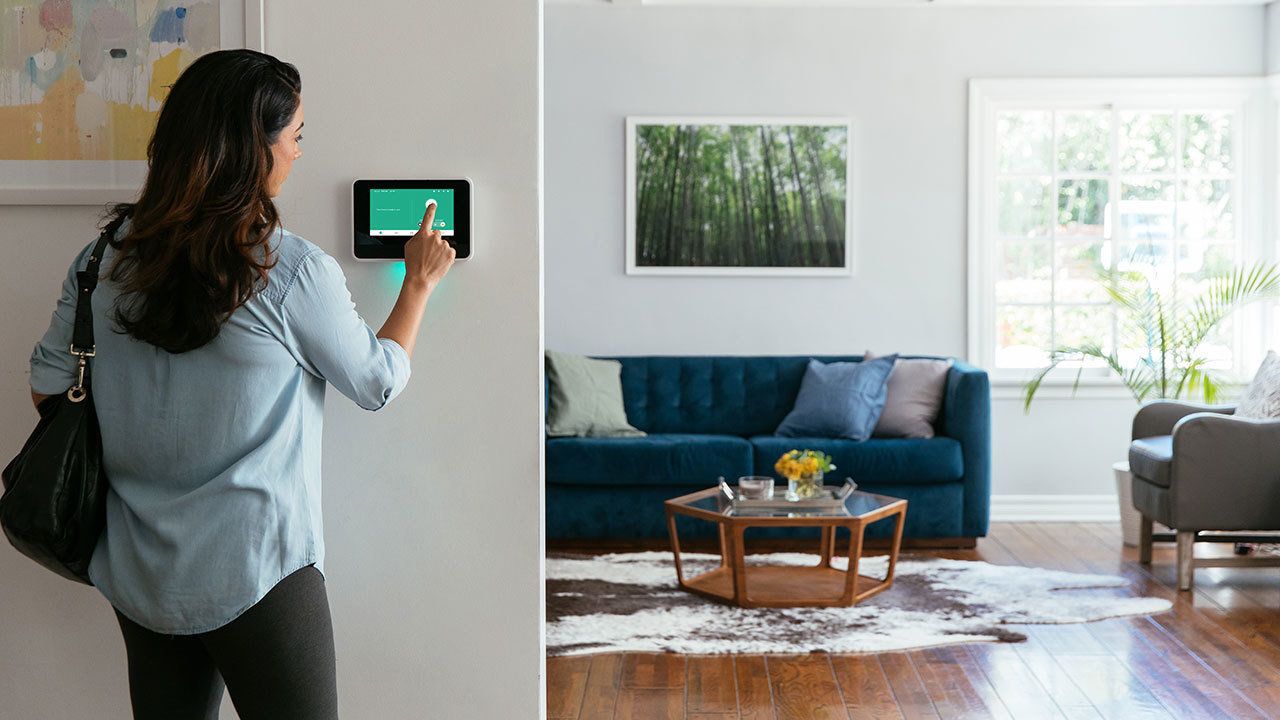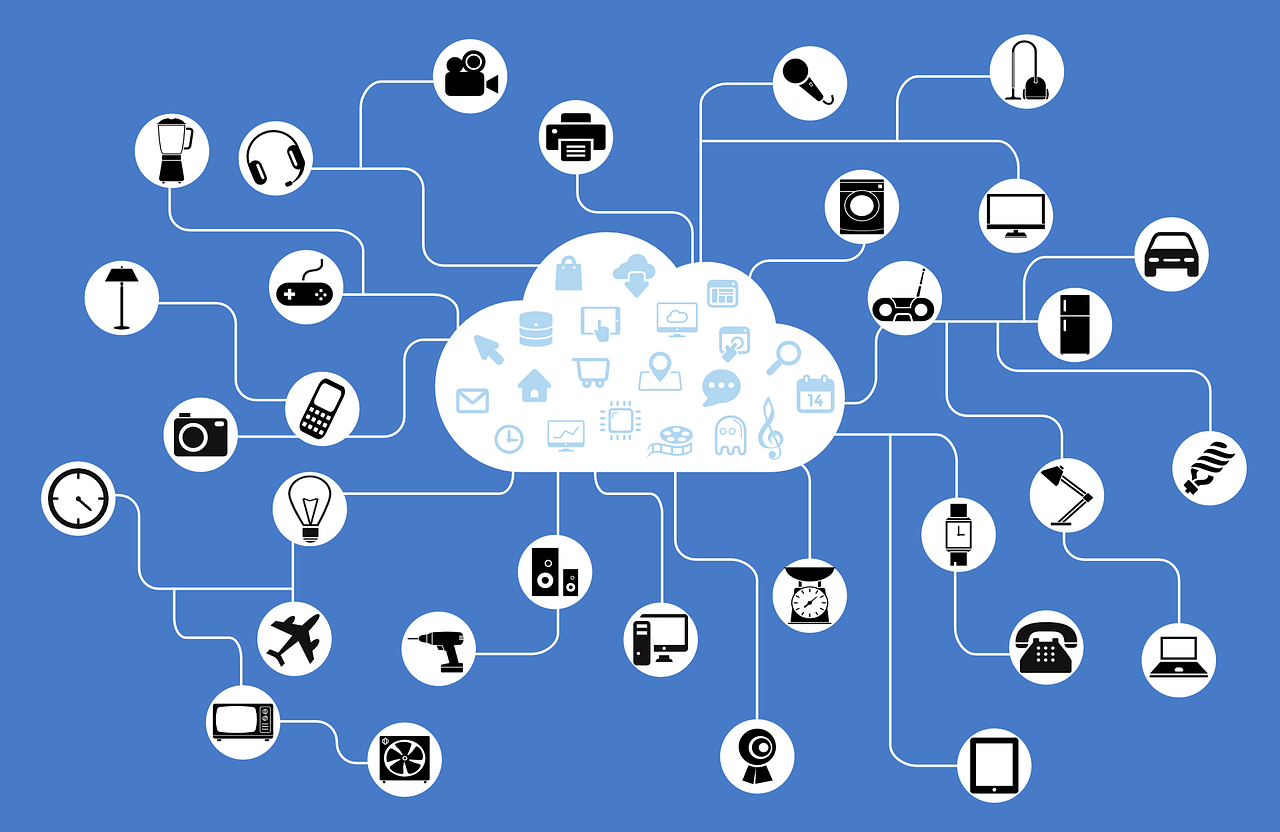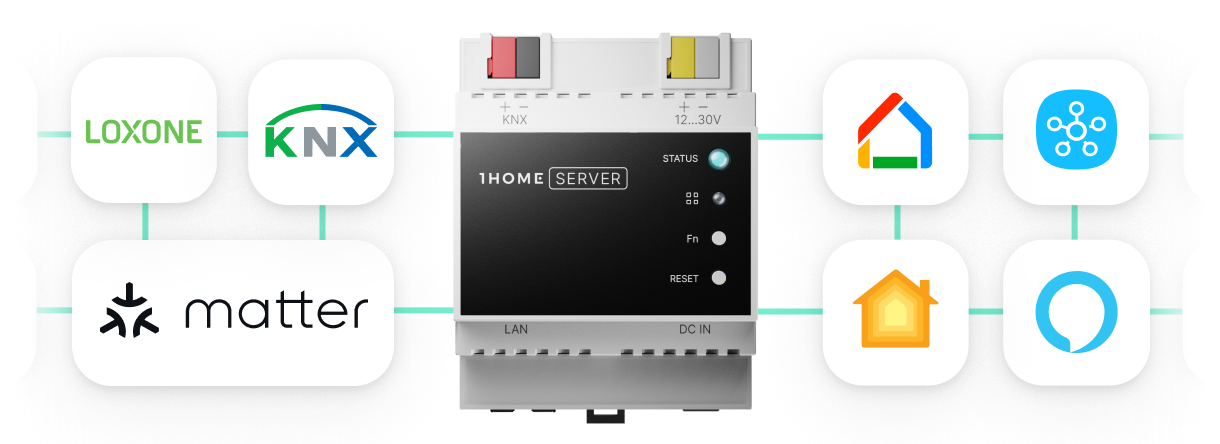![What is a smart home? [interview]](/blog/content/images/2019/06/trendingblog.png)
What is a smart home?
This seemingly simple question has many different answers, depending on who you ask. And with the big corporations joining on the smart home hype, accompanied with the marketing push and rapid industry development, it’s even harder to say what a smart home really is at the moment.
To find an answer, we sat down with Sebastian to define what a smart home is today and where it’s headed tomorrow.
Sebastian is a technical enthusiast that manages and does all the creative work at the Kohlenklau blog. He has reviewed a great deal of devices, software and gadgets, most of them aimed at the smart home owners. 1Home has been intensively researching smart homes for the last 3 years and is keeping an ear to the ground for the upcoming smart tech developments at all times.
Urban is the CPO at 1Home and thus responsible for the development of the product that is helping shape the smart home ecosystem.
The purpose of this debate is to compare thoughts of industry thought leaders like Urban (1Home) and progressive users like Sebastian (Kohlenklau) to define what smart home is really all about.

What do people consider a smart home nowadays?
U: I think people do not yet understand what a smart home actually means. This is of course because it is still a novelty and the market hasn’t yet been adopted but at the same time it doesn’t help that marketers are trying to “ride the hype” and pack almost any product that can be controlled via a mobile app or with voice under this term. In my opinion, we have only seen smart devices and not a real smart home so far. The market is heavily fragmented not only between different device types/device manufacturers but even communication protocols, which are usually not compatible with each other.
S: I agree, the smart home topic is still in its infancy. There are a lot more possibilities available than are actually used by the mass of smart home owners. I believe that the problem is often a lack of compatibility between different devices. They cannot communicate with each other, and sure most tinkerers may overcome that with a Raspberry Pi or ESP32 devices, but the majority of people can’t. Still, the general perception of a smart home is solely the control and automation of light and heating, where the devices usually speak the same language.

What does the smart home industry look like today?
U: There are plenty of different communication protocols and hubs that connect them, but IoT is dominating because of ease of use and installation. The Silicon Valley giants are definitely winning the race at the moment - however, I think this is still far from the end-solution that single family home would want. Affordability helped them quickly penetrate the US market, however, we don’t see anyone installing hundreds of devices on their own and maintaining them. We have to keep in mind that the life expectancy of IoT consumer products is questionable and that - wireless communication is not yet at the point where you could expect to always work. The situation is different in Europe, where KNX and other proprietary protocols (like Loxone) are extremely popular hard-wired standards that consider smart home as an infrastructure. That means that it offers long-term reliability, data protection and central control, even though it’s drastically behind on user experience and with home owners dependent on professional help. Zigbee, Z-wave and RF are managing to take some market share away from IoT in certain environments - although in most cases proving to be no more stable than Wi-Fi communication.
S: As mentioned, there is no really good developed open standard, that every company would be willing to use. Everybody is busy building on their own standard of choice, so at the moment we all depend on a wide array of interfaces and the possibility to install a stable means as a communication platform for each of those devices. For example MQTT.
Currently, there isn’t a device that would enable all devices to communicate in a proper and stable way.

What is a real smart home for you?
U: A real smart home means that all my devices at home would be connected, managed and controlled through a superior interface. And by that I mean hundreds of devices talking the same language. What people really need to get their head around, I think, is that a smart home is an infrastructure—not a gadget to play with—but at the same time understand that also gadgets should be connected in a centralised experience.
Let’s look at what modern society considers a normal life expectancy and reliability when it comes to device types. People expect their blinds, lights, heating and ventilation systems to work for 20+ years and they want them to work reliably. On the other hand, washing machines, dishwashers, fridges, and cooking appliances are considered a circa 10-year investment. At the very end there are. TV’s, gaming consoles, tablets, vacuum cleaners are usually exchanged every 5 years and people understand that they don’t always reliably connect to the Wi-Fi. These different device groups are currently all using different communication protocols and lack interconnectivity. When you connect the dots and combine it with a simple-to-use interface (similar toApple HomeKit) - now this is what I call a real smart home.
S: I totally agree with Urban’s description. For me, the main feature is that it’s stable and durable. Loxone is very stable - as long as there is no need to include other servers like a Raspberry Pi to build an interface for non-Loxone devices.
How do we get from here to the ultimate smart home?
U: Well, if you look at what we have just debated on, it’s not that hard to lay out concrete steps. The core home base needs to become stable, reliable and affordable. The interconnectivity issue between different communication protocols has to be solved first, and then integrated in a friendly user experience that an average person can understand and use. The last part is hard to crack, managing an ecosystem of 100+ devices is quite a complex task, after all. Apple HomeKit automation and visualisation app is very close to achieving that, but the rest is very dependent on how educated the market will get. It’s possible that we’ll have to wait for a couple of failed smart home projects to get the one we need. And that’s okay. :)
S: I envision that there has to be THE standard communication protocol that will enable the devices to communicate with each other easily — on the hardware as well as the software layer. The central server has to reliably detect the connected devices and manage them easily.
As long as the systems depend on so many factors (WiFi, low speed connections, walls, more than one server, … ) there will be problems.
We can now conclude that a smart home isn’t a fragmented set of devices that barely communicate; on the contrary, it’s a centralised interface that bundles up all the devices and appliances, and lets you control them from one dashboard. Stability, interconnectivity and simplicity will be the main forces driving a smart home from a niche gadget to a mainstream “must-have”.
And what do you think a smart home is?
Your new all-in-one KNX / Loxone Server.

